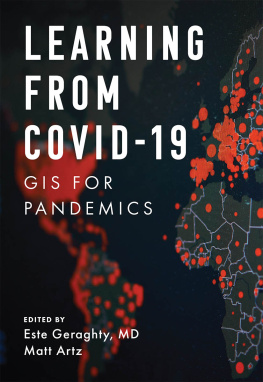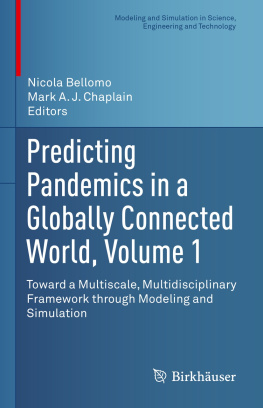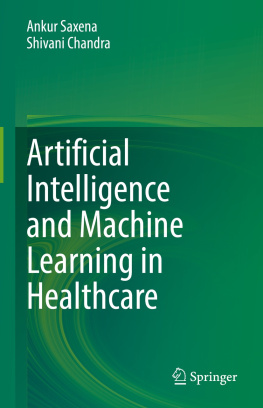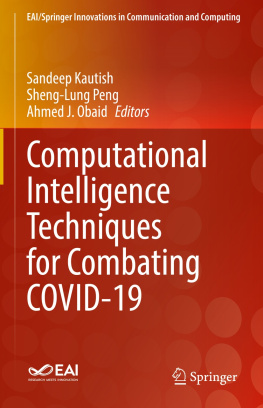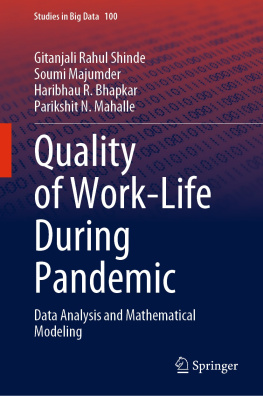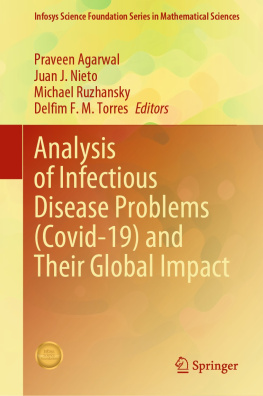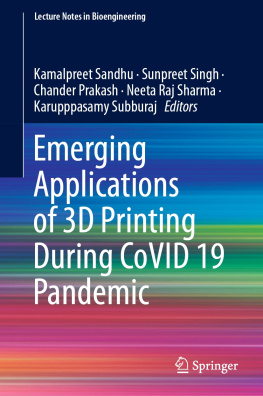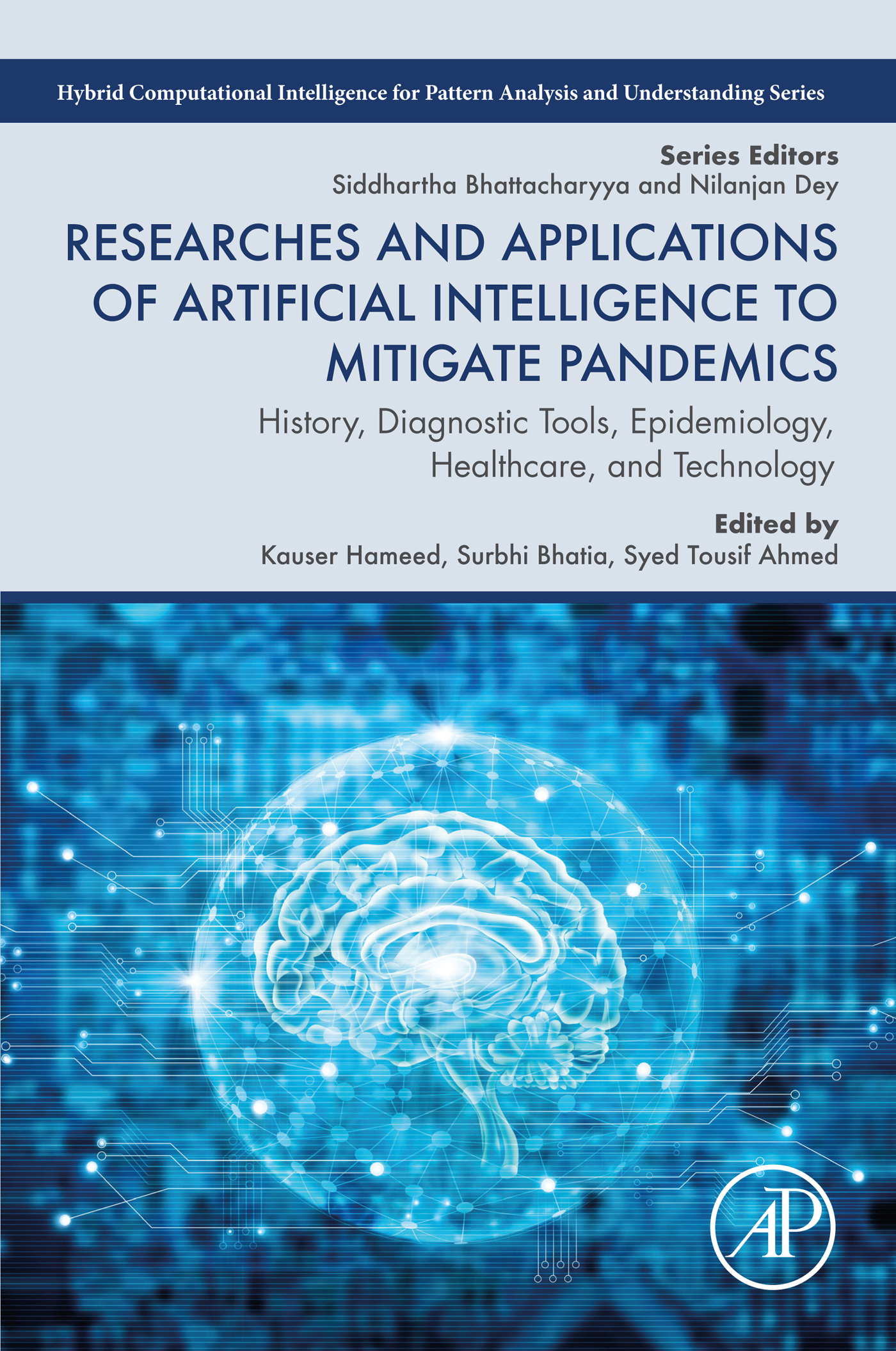Kauser Hameed (editor) - Researches and Applications of Artificial Intelligence to Mitigate Pandemics: History, Diagnostic Tools, Epidemiology, Healthcare, and Technology ... for Pattern Analysis and Understanding)
Here you can read online Kauser Hameed (editor) - Researches and Applications of Artificial Intelligence to Mitigate Pandemics: History, Diagnostic Tools, Epidemiology, Healthcare, and Technology ... for Pattern Analysis and Understanding) full text of the book (entire story) in english for free. Download pdf and epub, get meaning, cover and reviews about this ebook. year: 2021, publisher: Academic Press, genre: Romance novel. Description of the work, (preface) as well as reviews are available. Best literature library LitArk.com created for fans of good reading and offers a wide selection of genres:
Romance novel
Science fiction
Adventure
Detective
Science
History
Home and family
Prose
Art
Politics
Computer
Non-fiction
Religion
Business
Children
Humor
Choose a favorite category and find really read worthwhile books. Enjoy immersion in the world of imagination, feel the emotions of the characters or learn something new for yourself, make an fascinating discovery.

- Book:Researches and Applications of Artificial Intelligence to Mitigate Pandemics: History, Diagnostic Tools, Epidemiology, Healthcare, and Technology ... for Pattern Analysis and Understanding)
- Author:
- Publisher:Academic Press
- Genre:
- Year:2021
- Rating:5 / 5
- Favourites:Add to favourites
- Your mark:
Researches and Applications of Artificial Intelligence to Mitigate Pandemics: History, Diagnostic Tools, Epidemiology, Healthcare, and Technology ... for Pattern Analysis and Understanding): summary, description and annotation
We offer to read an annotation, description, summary or preface (depends on what the author of the book "Researches and Applications of Artificial Intelligence to Mitigate Pandemics: History, Diagnostic Tools, Epidemiology, Healthcare, and Technology ... for Pattern Analysis and Understanding)" wrote himself). If you haven't found the necessary information about the book — write in the comments, we will try to find it.
Researches and Applications of Artificial Intelligence to Mitigate Pandemics: History, Diagnostic Tools, Epidemiology, Healthcare, and Technology offers readers an interdisciplinary view of state-of-art research related to the COVID-19 outbreak, with a focus on tactics employed to model the number of cases of COVID-19 (time series modeling), models employed to diagnostics COVID-19 based on images, and the panoramic of COVID-19 since its discovery and up to this books publication. This book showcases the algorithms and models available to manage pandemic data, the role of AI, IoT and Mathematical Modeling, how to prevent and fight COVID-19, and the existing medical, social and pharmaceutical support.
Chapters cover methods and protocols, the basics and history of diseases, the fast diagnosis of disease with different automated algorithms and artificial intelligence tools and techniques, the methods of handling epidemiology for mitigating the spread of disease, artificial intelligence and mathematical modeling techniques, and how mental and physical health is affected with social media usage.
Kauser Hameed (editor): author's other books
Who wrote Researches and Applications of Artificial Intelligence to Mitigate Pandemics: History, Diagnostic Tools, Epidemiology, Healthcare, and Technology ... for Pattern Analysis and Understanding)? Find out the surname, the name of the author of the book and a list of all author's works by series.


